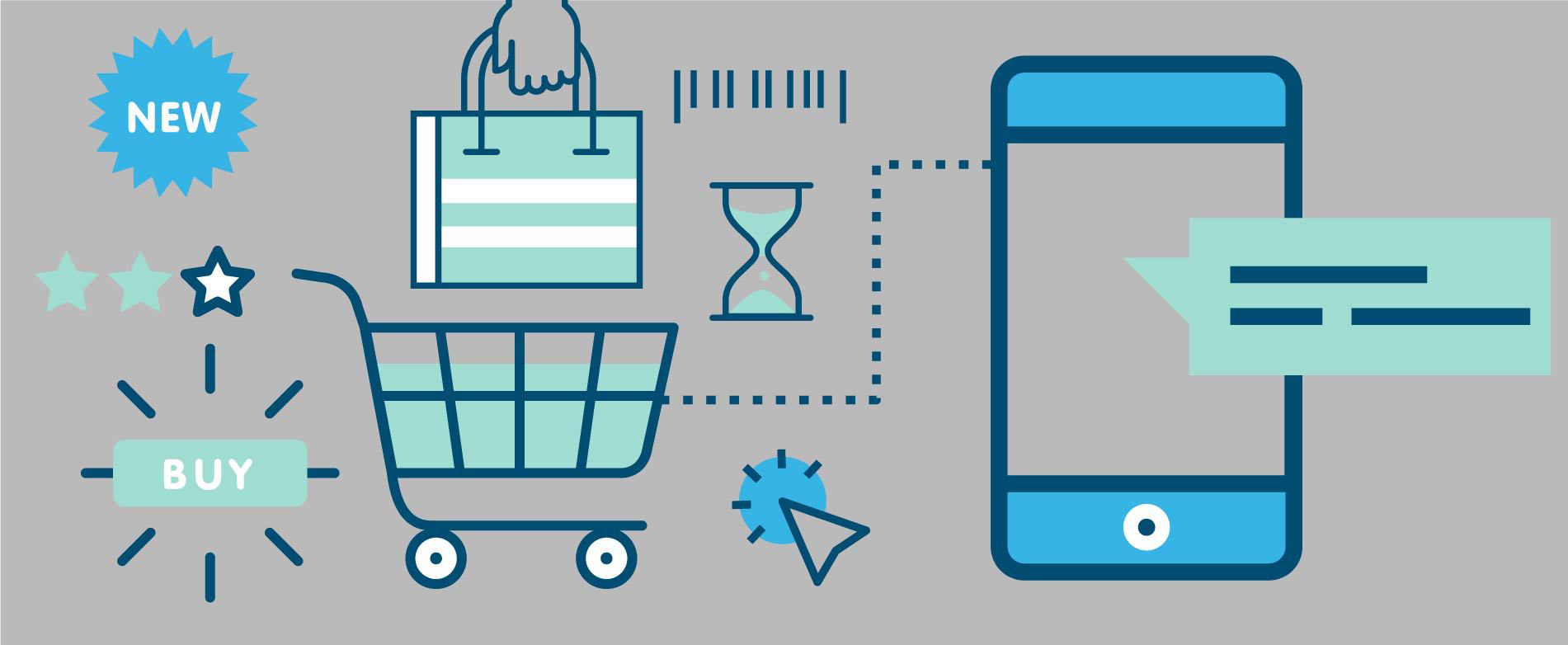Implementing a post-purchase automation into your email marketing channel can be a great way to turn first time buyers into loyal customers. As marketers, we all know that a customer’s value does not come from a one-time purchase. But instead from their customer lifetime value – the net profit associated with all the customers future purchases. Marketers need to be implementing post-purchase automations to ensure the maximum lifetime value out of their customers.
a few tips to assist in the creation of post-purchase automations
Post-purchase messaging through automation continues a channel of dialogue that would otherwise be non-existent. You need to ensure that you are letting customers know that they matter. This happens through segmentation building, follow-up emails, and then direct promotional emails that entice the subscriber to buy more from you.
segmentation for a post-purchase automation
Create segments based on customer demographics, purchase behavior, and by subscriber type – such as active or inactive. This guarantees you are reaching the customers that are relevant, and you are reaching them in a timely manner. Sometimes customers still might not interact with you. That is why you need to build out segmentations that trigger different types of post-purchase content.
follow-up emails are essential in a post-purchase automation
Emails sent post-purchase to first-time customers can be some of the most influential emails you ever send. A first-time buyer has just made the decision to purchase from your brand. It is up to you to make sure that experience is quality and purposeful. In post-purchase automations, you can provide tracking information, suggest other products, and link to other important areas of your company.
feedback is the most important part of a post-purchase automation
But some of the most important content in the first email of a post-purchase automation contains feedback. Asking for feedback shows that you care. It gives a face to your brand it lets the customer know that from the very beginning, they are a valued customer that you want to have a mutually beneficial relationship with. Remember that the timing of your initial post purchase automation is important, and it varies based on the product and industry.
ensure a constant revenue stream in post-purchase automations
Once you have followed-up with your first-time buyer, and asked for feedback, now you need to increase your ROI. You’ve gained your customers trust and you can leverage that to sell more products or services. If you’ve segmented your subscribers correctly, this should be the easy part of your post-purchase automation. We recommend creating different content blocks for every type of segment you have.
You should know what your customer needs, whenever they need it, without having to ask them. The more streamlined you can make your customers future purchases – based on the history of their buying behavior – the more inclined they will be to purchase from you.
And as always, be relevant, and be timely about when your personalized content sends.
let us help
As always, because WhatCounts is a full-service email agency along with a powerful email platform, we want to assist you in any series of email automations that you need. If you would like to learn more about how a post-purchase automation can help your brand, talk to your account manager or reach out to us directly. We are always available to optimize your customer communication.
Be sure to follow us on social media and tune into our blog to stay up-to-date on all the best practices in email marketing.







